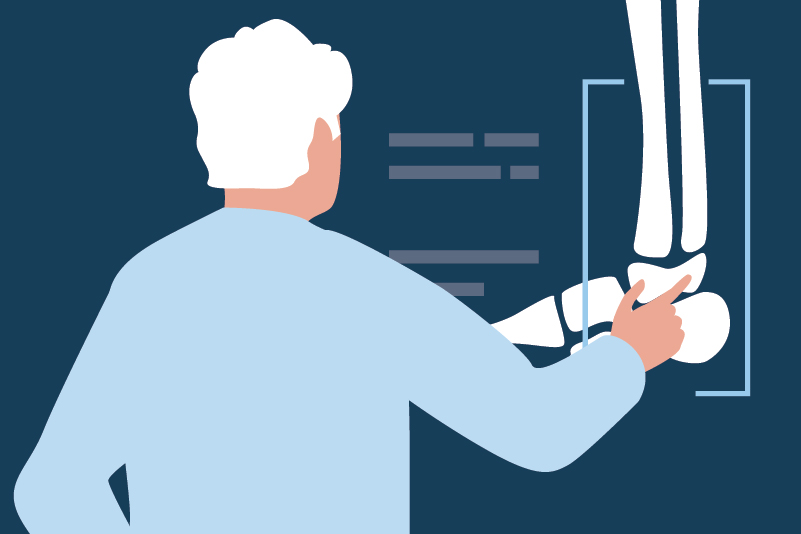#50 CT scans and other forms of low-dose ionizing radiation – What is the risk of cancer?

Reading Tools for Practice Article can earn you MainPro+ Credits
Join NowAlready a CFPCLearn Member? Log in
- BIER VII.4
- Ten mSv confers a lifetime risk of cancer of one in 1,000.
- Example one exposure would increase lifetime risk from 420 (baseline risk) to 421 per 1,000.
- Applied to a retrospective cross-sectional study (1,119 pts) to estimate radiation doses:5
- Number Needed to Scan (NNS) to cause one additional cancer:
- Ex: 40 year old female.
- Routine head = 2 mSv, NNS=8,100.
- Routine CT chest = 8 mSv, NNS=720.
- Multiphase abdomen and pelvis CT = 31 mSv, NNS=460.
- Risks for those 20 years of age are ~doubled.
- Risk for those 60 years of age are ~halved.
- Ex: 40 year old female.
- Number Needed to Scan (NNS) to cause one additional cancer:
- Cardiac imaging in patients with recent myocardial infarction (82,861 patients):6
- Hazard Ratio (HR) per 10 mSv increase in radiation = 2.8% [1.028 (1.018–1.039)].
- Head CT in pediatric patients (24,418 patients).7
- Increased risk of brain tumor. HR = 2.56 (CI 1.44-5.54).
- Many modeling studies but very few cohort studies evaluating the risk of cancers with radiation exposure.
- Population wide modeling studies have to be analyzed with care given that the risk of death from the underlying morbidity is often much higher than death from radiation induced cancer.8
- Dose of radiation varies widely depending on area scanned, institution, protocol, age and sex – healthy children at higher risk due to their size and life expectancy.9
- CT imaging has increased more than 25 fold in the US in the last 30 years.10 Risk models estimated that 29,000 future cancers could be related to CT scans in the US in 2007.11















There definitely needs to be more info and studies on the risks of CT scans and radiation. Important to keep in mind the age of the patient and type of scan. If possible my preference is to get a MRI if feasible